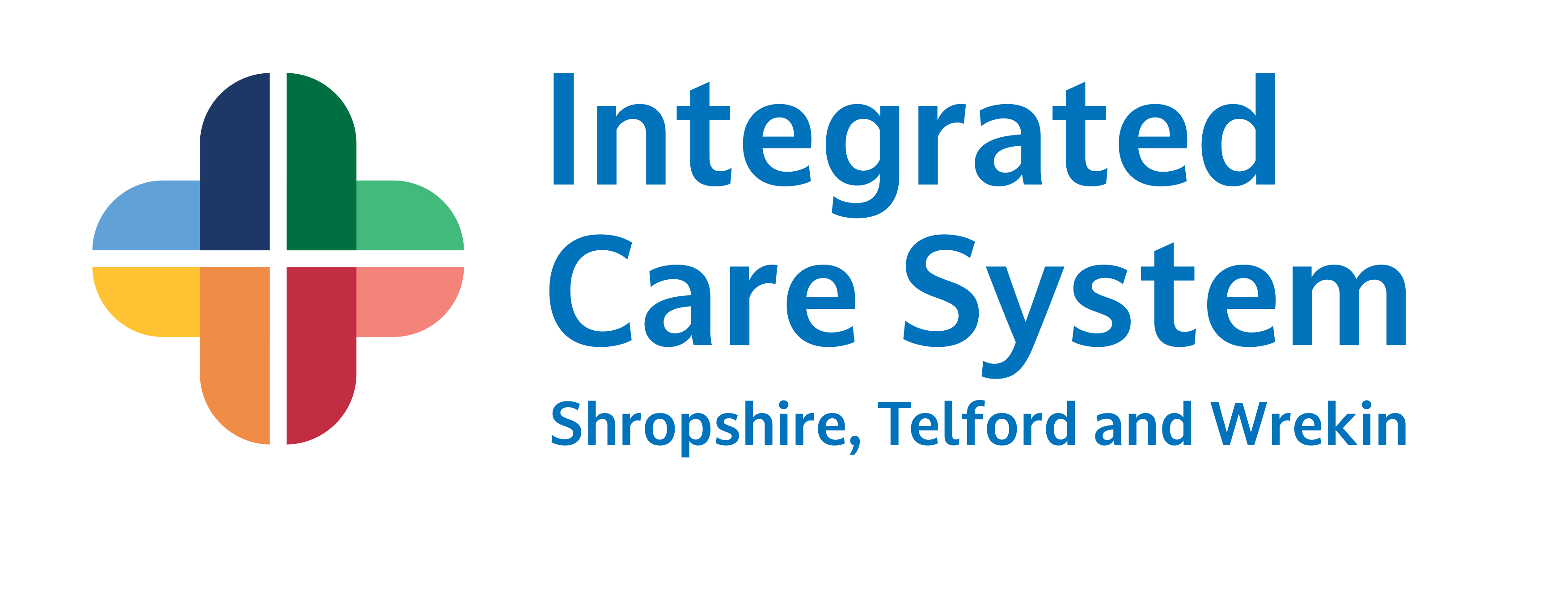Assessing the Impact of Change
As a system, we hold a shared goal to treat our population, patients and employees fairly and with respect.
When we think about making changes to our services or policies, it is important that we fully consider the impact that it may have on all of our population groups, along with how it may positively or negatively affect other environmental factors, such as climate change.
This page is intended for service change leaders within the system, to give them the resources to fully and accurately assess their service/policy change proposals and mitigate accordingly.
If it is identified that a programme or project may have negative impact on a particular group or community, the statutory duty to engage will apply.
(section 13Q for NHS England , section 14Z45 for integrated care boards (ICBs), section 242(1B) for NHS trusts and NHS foundation trusts)
The following examples indicate some circumstances where the legal duty to involve the public may apply and therefore where NHS organisations should assess this to determine the appropriate response. As it is not possible to anticipate every such situation, the list is not exhaustive.
- The strategic planning of services, for example, plans to reconfigure or transform services or improve health or plans in response to the latest joint strategic needs assessment and health and wellbeing strategy.
- Developing and considering proposals to change commissioning arrangements, for example, changes to services, new models of care, new service specifications, local improvement schemes, etc, or reconfigurations involving movement of services from one provider or location to another.
- Procurement, including considering or developing proposed models, configurations, or specifications for a service, or commencing a procurement process.
- Contracts:, including entering a contract with a provider, varying a contract, other than a variation required by law , serving a notice to terminate a contract with a provider, or receiving a notice to terminate from a provider.
- Overview and scrutiny referral, including any instance in which a referral has been made to the local overview and scrutiny committee.
- Equality, including an equality impact analysis may indicate the need for engagement, for example a lack of evidence relating to certain groups.
Integrated Impact Assessments (IIA)
The integrated impact assessment process is our tool to ensure that we fully assess the impact of changes to services, policies and functions on their local population and communities. It is a holistic framework that is used to ensure that new policies and programmes have been considered through not only an equality lens, but also economic, environmental, and health inequalities.
It seeks to
- Identify the positive and any negative impacts for the local population as a result of the proposed change or new service;
- Identify which (if any) of the protected characteristics groups are more likely to be affected by the proposals due to their propensity to require different types of health services and what these impacts will be;
- Identify the impact on staff from equality and protected characteristic groups
- Identify the impact that the proposals may have on a set of societal considerations, including climate change and social inclusion.
- Develop an overall set of integrated conclusions on the comparative advantages and disadvantages of the different options; and
- Provide recommendations on ways in which positive impacts can be maximised for the population and for those with protected characteristics and ways in which to mitigate, or minimise, any adverse effects.
How to Undertake an IIA
- There are potentially three stages to completing an integrated impact assessment. Whether a Baseline Equality Report or a full Integrated Impact Assessment is required will depend on the level of impacts identified by the IIA Screener tool. This tool seeks to inform programme leads on the level of further engagement and investigation required for their proposal, based on their answers to a series of questions
- Before you start the IIA process for your project, click on this link for a short guide and overview of why we complete IIAs
- Once your programme/policy proposals are sufficiently formed, follow this link to visit the system online IIA screener tool
- Complete this tool, which will then inform whether further engagement is needed to address any of the environmental or health inequalities considerations, or a Baseline Equality Report is required as a result of negative impacts on vulnerable or protected characteristic groups.
- Submit completed screener to stw.communications@nhs.net for inclusion in the next ICS Equality and Involvement Committee (EIC), if appropriate or submit via a relevant governance route within your organisation.
https://www.shropshiretelfordandwrekin.ics.nhs.uk/full-integrated-impact-assessment
1. If triggered by the IIA screen tool, visit the website linked to access the Baseline Equality Report template and guidance documentation
2. In advance of completing the Baseline Equality Report, consider what data sources may be available within your organisation or the system to supplement the ONS data supplied.
https://www.shropshiretelfordandwrekin.ics.nhs.uk/baseline-equality-analysis
- If you are required to complete a full IIA, you will be able to find the template and supporting documentation on the link below.
- The IIA will need to be refreshed following a formal public consultation and when future details of the proposals are decided.
https://www.shropshiretelfordandwrekin.ics.nhs.uk/full-integrated-impact-assessment
Last updated on November 29th, 2024 at 12:42 pm
